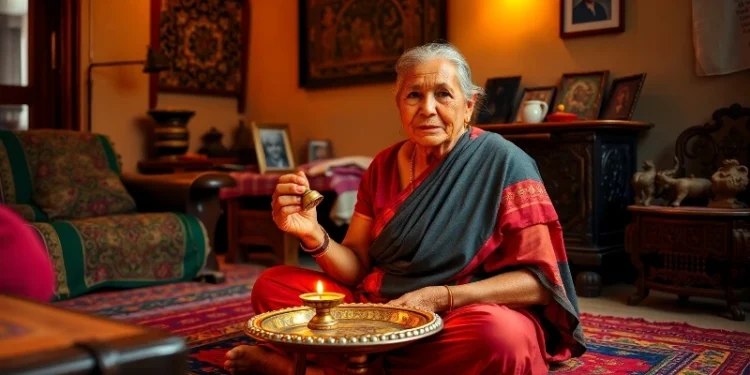People die for various reasons. Some people die because of disease and some people die because of accidents. The number of deaths is different for various groups. Making 5/5 or 10/10 year age group can obtain different death rates.
The death rate remains higher or lower based on age. The death rate is higher at an early age and in old age. And it is lower at young and adult ages. Similarly, the death rate differs according to sex, caste, and occupation.
Therefore it is necessary to find out the death rate of different age groups to understand the actual status of death. Age-specific death rate helps to know the different levels of death rates in different age groups.
The age-specific death rate is the total number of death of a specific age group per 1000 mid-year population of that age group in a given year. In another sense, it refers to the total deaths of people of a particular age in the total population of that age group. The calculation of age-specific death rate is highly important for the government to take necessary steps to improve the health sector. It is calculated by dividing the total number of deaths of specific age by the midyear population of that particular age and multiplying by 1000.
The following formula is used to calculate ASDR.
ASDRa = Da/Pa * 1000
Where,
Da = a total number of deaths of particular age ‘a’ in a place in a given year.
Pa = total mid-year population of that age in a place in the given year
a = age or age group
ASDR = age-specific death rate
For example:
In Biratnagar of Nepal, 3600 children of 4-8 years a group died in the year 2009. The total mid-year population of children of the same age group was 50000. Find out age-specific death rates.
Solution:
The total deaths of 4-8 years children (D4-8) = 3600
The total population of children of the same age group (P4-8) = 50000
Age-specific death rate (ASDR) =?
Here,
ASDR = Da/Pa * 1000
= 3600/5000 * 1000
= 72 per thousand
Therefore, 72 children of age 4-8 years died per 1000 population of the same age group in Biratnagar of Nepal in the year 2009.







